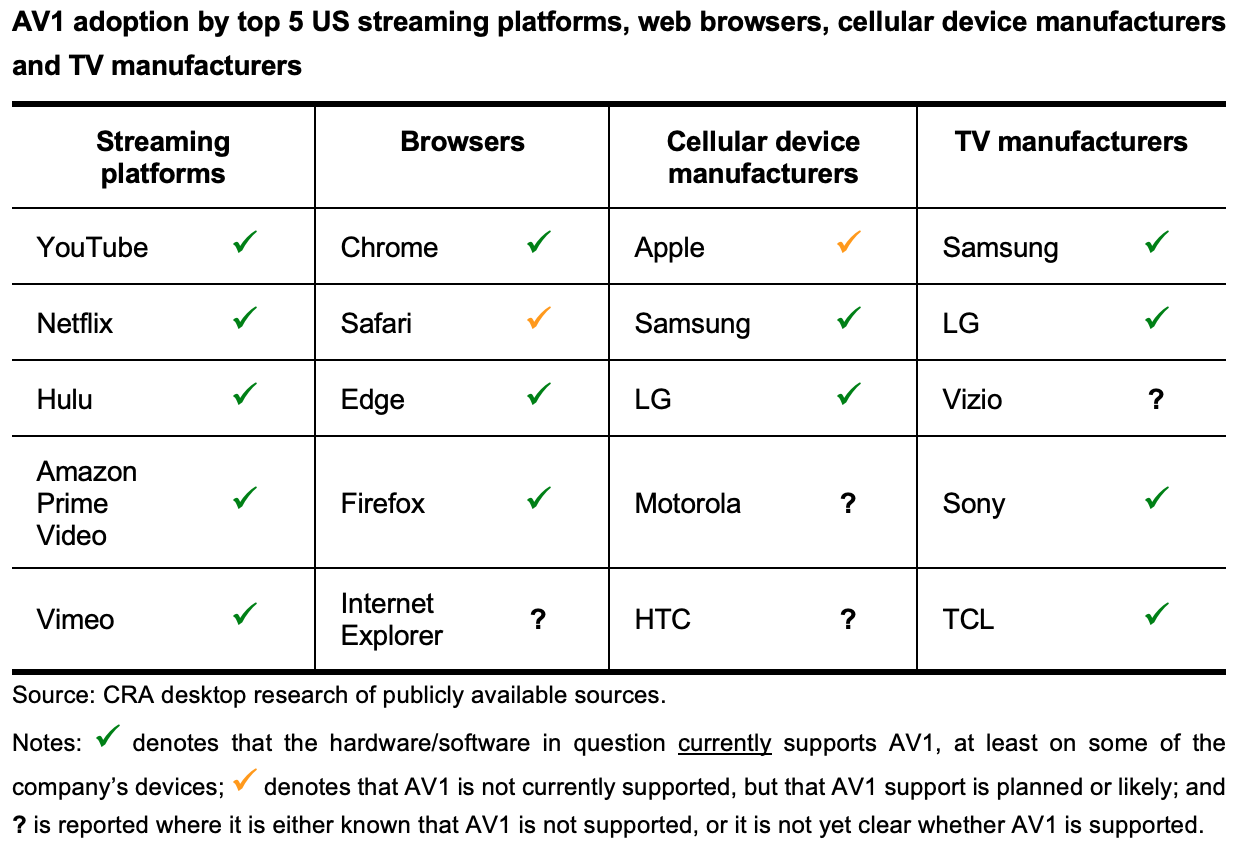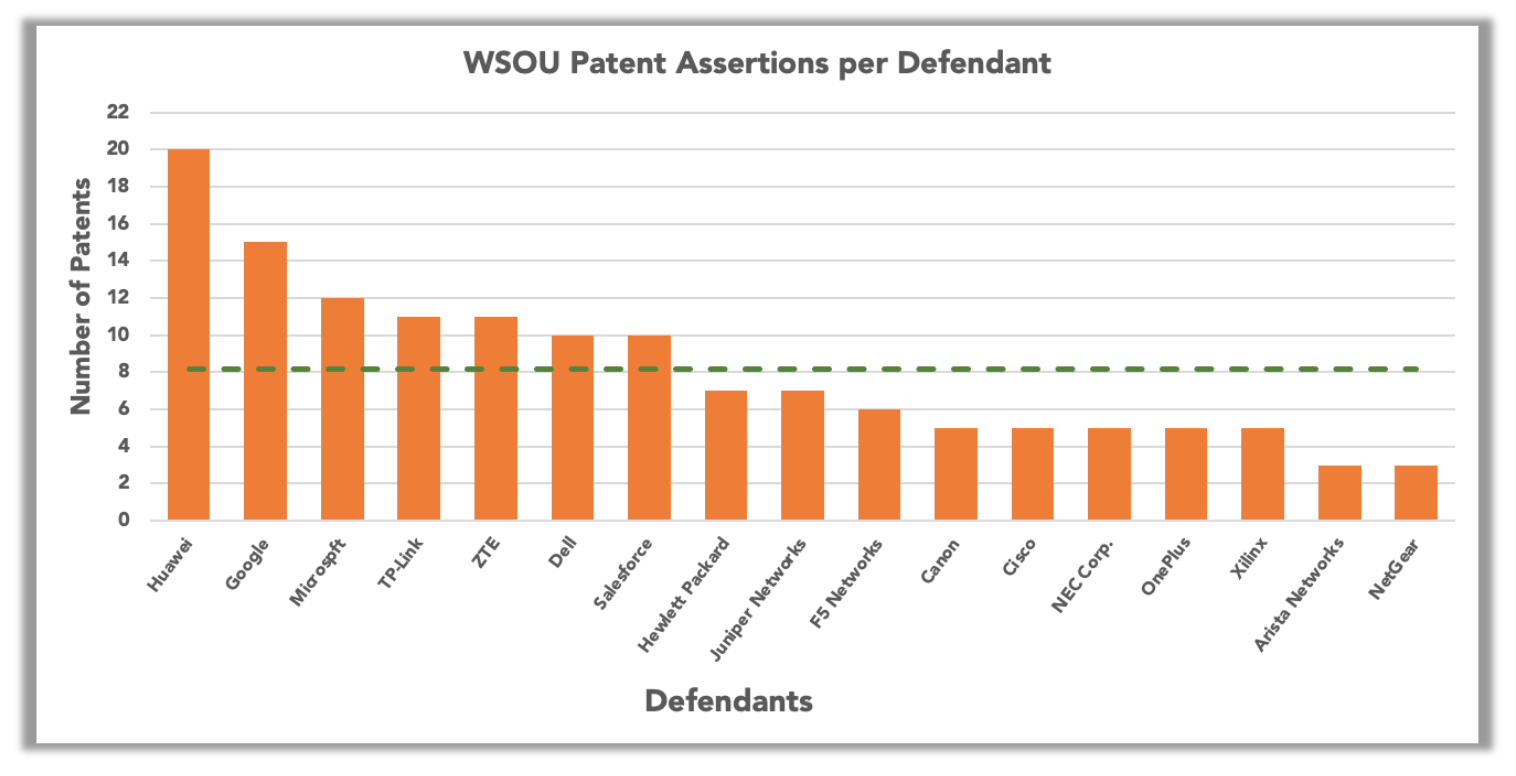By litigating in well-known “rocket dockets” where it can, WSOU makes it difficult for defendants to meet the statutory requirements for filing IPRs, and filing all of those IPRs would not only be expensive (the filing fees alone, not including the cost of attorneys and experts, would cost about $250,000 for the average campaign per defendant, assuming one IPR per patent), but also somewhat superfluous when the presiding judge over almost all of the cases has a avowed policy of refusing to stay a case unless the defendant somehow manages to petition for inter partes review before they are even sued.
While the effectiveness of this boil-the-ocean approach is questionable, it certainly was foreseeable. With a one-year statutory bar to file any kind of expensive defensive challenge (a year being pretty generous under Apple v. Fintiv), and no obligation for patent owners to forewarn defendants about their patent portfolios, a patent owner would almost be foolish not to quietly build up a line of cases to spring on defendants all at once, and use the filing as a sort of ransoming starting point for negotiations once companies are staring down the barrel of millions of dollars in court costs. When the cost of defense can be upwards of $4,000,000 over three years, while it’s still hard to comprehend, defendants can at least budget ahead for the defense. When the cost is multiplied by a dozen and sprung upon you on questionable patents, it can be a little harder to justify defending oneself.
Theoretically, this strategy should also be relatively expensive for a plaintiff. But WSOU has this down to a science. Using a firm that does work almost exclusively for Uniloc and WSOU, his hope is that the high costs of defense force defendants to surrender to settlement early. This is particularly true given WSOU’s relationship with RPX. For an additional subscription, RPX (it appears) offers settlements for WSOU’s entire portfolio, creating a cycle of monetization that is antithetical to patent assertion deterrence.
WSOU is managed by Craig Etchegoyen, surfing-prodigy-turned-PAE-manager. Etchegoyen is the former CEO of Uniloc, another prolific PAE. In December 2020, it was discovered that based on a contract clause that gave a litigation financier a right to take ownership of patents if certain revenue targets were not met, Uniloc did not have standing to assert its patents. WSOU may be subject to similar contract clauses, and discovery into ownership and chain of title is already in process. A defendant would be wise to pore through assignment and financing agreements to catch any chink in the chain of ownership—the assignment frames on record with the USPTO do not, for instance, show a clear chain of title for many of the WSOU patents. Rumor has it that he tried and failed to find a buyer for the portfolio, bringing unreasonable demands to the table. It’s likely that his current demands are equally unreasonable, but he’s leveraging the cost of litigation as far as it can be leveraged in an attempt to avoid any sort of honest look at the value of his portfolio.
It is too early to tell if WSOU’s strategy will pan out, but most defendants have not yet taken advantage of the inter partes review process, presumably because the costs there would extend into the millions just to file, and with the substantial uncertainty surrounding Fintiv and other USPTO flexes of discretion, it’s unclear if even meritorious challenges will be given the time of day. Of the 140+ patents asserted, so far just 12 PTAB challenges have been filed, including one IPR by Unified Patents against a video codec patent. Unified has also posted a number of PATROLL contests (US8209411, US7409715) and continues to monitor WSOU’s monetization activities.









